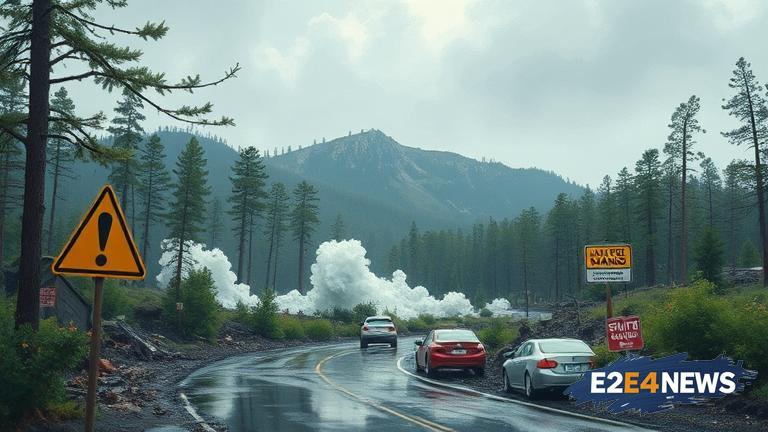The recent spate of deadly disasters has left many wondering if we are doing enough to heed nature’s warning signs. From hurricanes to wildfires, and from floods to earthquakes, the past few years have seen a significant increase in the frequency and severity of natural disasters. In many cases, nature had given us warning signs, but were we paying attention? The answer, unfortunately, is often no. Despite advances in technology and science, we are still not doing enough to predict and prepare for these disasters. The consequences are devastating, with loss of life, property, and livelihoods. The recent hurricanes that hit the southern United States, for example, were preceded by warning signs such as changes in ocean temperatures and atmospheric pressure. However, many people were caught off guard, and the resulting damage was catastrophic. Similarly, the wildfires that ravaged the western United States were fueled by drought and high temperatures, both of which were predicted by scientists months in advance. Yet, many communities were still unprepared, and the fires spread quickly, causing widespread destruction. The same pattern is seen with floods and earthquakes, where warning signs such as changes in water levels and seismic activity are often ignored or downplayed. The question is, why are we not listening to nature’s warning signs? Is it a lack of awareness, a lack of resources, or a lack of will? The answer is likely a combination of all three. We need to do better at predicting and preparing for natural disasters, and that requires a concerted effort from governments, scientists, and individuals. We need to invest in early warning systems, emergency preparedness, and climate resilience. We also need to raise awareness about the risks and consequences of natural disasters, and work to build more resilient communities. Furthermore, we need to take a more proactive approach to mitigating the effects of climate change, which is exacerbating many of these disasters. This includes reducing our carbon footprint, investing in renewable energy, and protecting natural habitats. By working together, we can reduce the risk of natural disasters and create a safer, more sustainable future. Ultimately, it is up to us to listen to nature’s warning signs and take action to prevent these disasters from occurring in the first place. We owe it to ourselves, our children, and future generations to do better. The time to act is now, before the next disaster strikes. We must learn from the past and work towards a more resilient and sustainable future. The consequences of inaction will be severe, and we cannot afford to wait any longer. The warning signs are clear, and it is up to us to respond.
